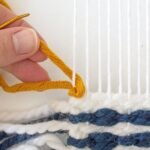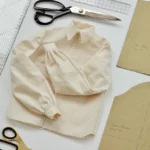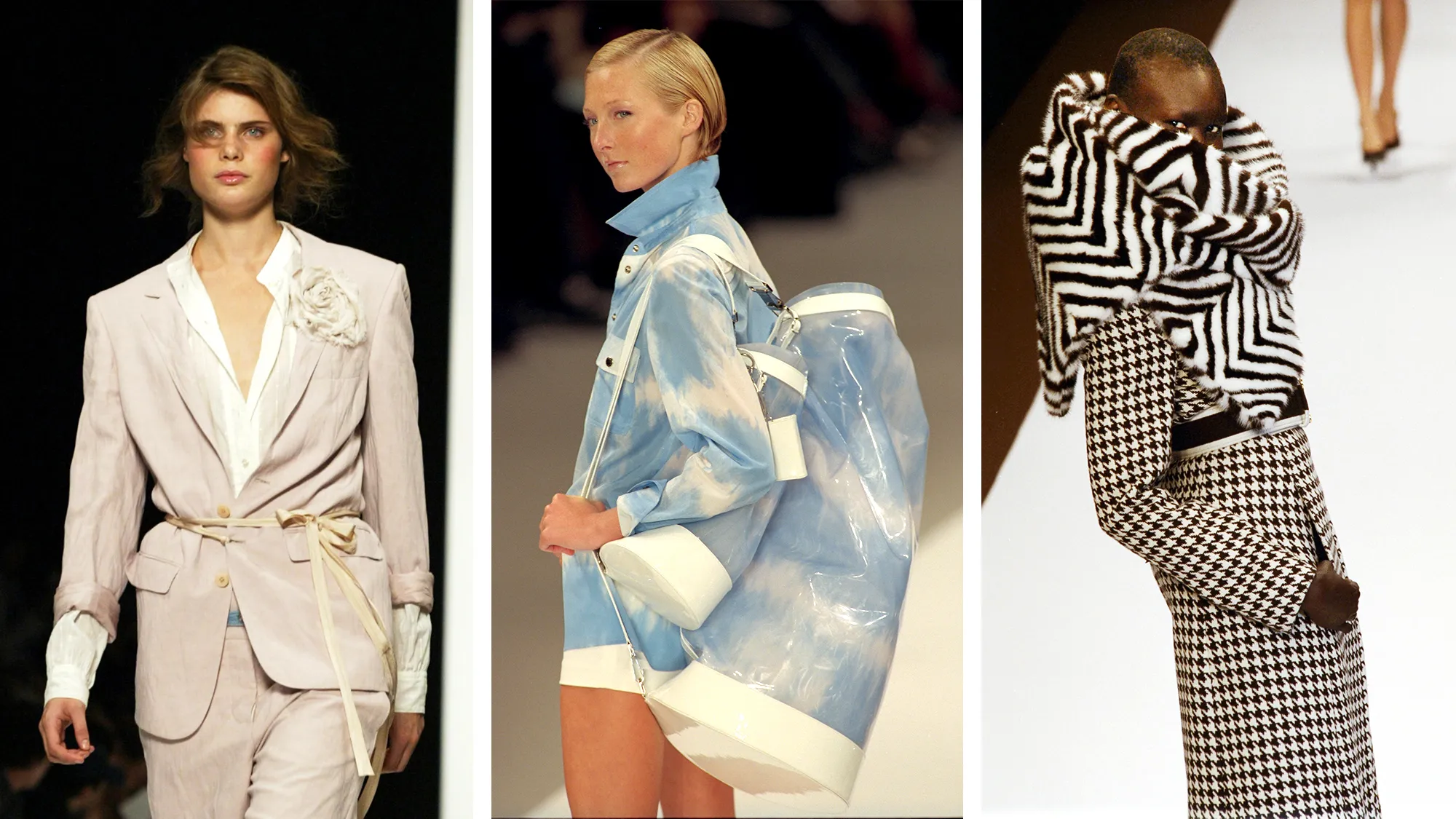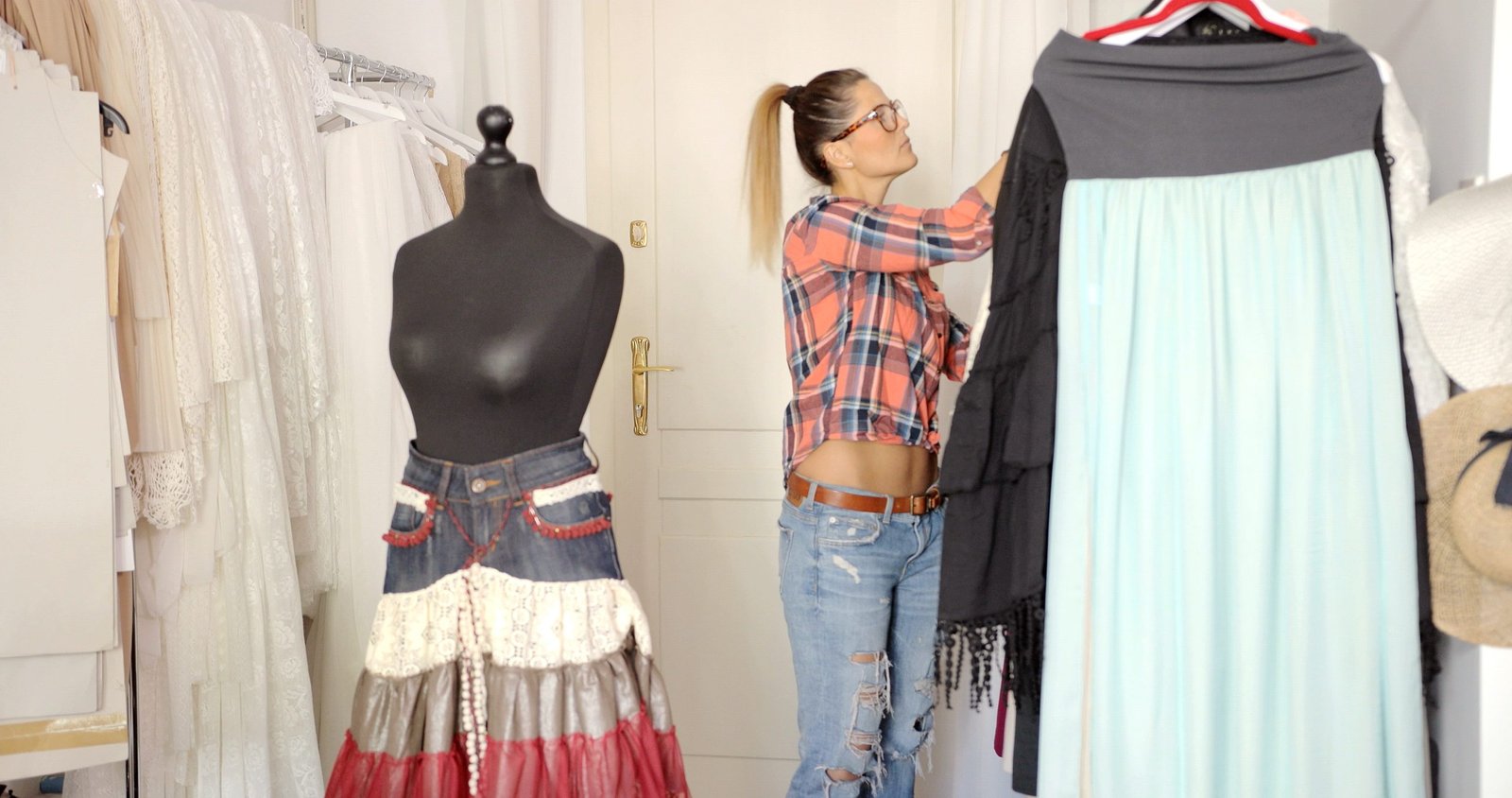Creating custom garments allows you to design pieces tailored to your unique style and fit. This process involves several important steps, from fabric selection to final fitting adjustments. Here’s a comprehensive guide to help you through making your own custom clothing.
Fabric Selection
Choosing the right fabric is the foundation of a successful custom garment. Fabric selection influences the look, feel, and drape of your piece. Lightweight fabrics like cotton or linen are perfect for summer garments, while heavier materials such as wool or denim are suited for colder weather. Remember to pre-wash the fabric to prevent any shrinkage or color bleeding after the garment is made.
Pattern Selection and Drafting
The next step is selecting or drafting a pattern. Patterns come in various styles and sizes, so choose one that fits your design vision. If you prefer a unique design, consider creating your own pattern. This involves taking accurate measurements and drawing pattern pieces on paper. Accurate pattern drafting ensures that all pieces fit together correctly and align with your design intentions.
Cutting the Fabric
Once you have your fabric and pattern ready, the cutting process begins. Lay the fabric flat on a cutting surface and pin the pattern pieces to the fabric. Use sharp fabric scissors or a rotary cutter to cut along the pattern lines. Precision in cutting is crucial for a well-fitting garment. Mark notches and sewing lines on the fabric to guide you during assembly.
Sewing the Garment
Assembling the garment involves sewing the fabric pieces together according to the pattern instructions. Start with the main body pieces, then proceed to attach sleeves, collars, and other components. Use the appropriate stitches for different parts of the garment, such as a straight stitch for seams and a zigzag stitch for finishing raw edges. Pressing seams as you sew will help maintain a crisp and professional appearance.
Fitting and Adjustments
Fitting is essential to ensure that the custom garment fits properly. Once the garment is assembled, try it on and evaluate the fit. Make necessary adjustments to improve comfort and appearance, such as taking in or letting out seams, adjusting hemlines, or altering the garment’s shape. Creating a muslin or test garment can help identify fit issues before cutting into your final fabric.

Finishing Touches
Finishing touches give your custom garment a polished look. Add closures like buttons, zippers, or snaps, and hem the garment to the desired length. Pay attention to details such as topstitching and final pressing. Consider adding decorative elements like embroidery or trim to enhance the garment’s uniqueness and style.
Conclusion
Creating custom garments allows for a perfect fit and personalized style. By following these steps—fabric selection, pattern drafting, cutting, sewing, fitting, and finishing—you can craft clothing that is both beautiful and functional. Embrace the process and enjoy the satisfaction of wearing garments made just for you.











